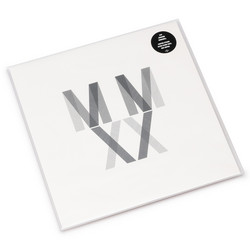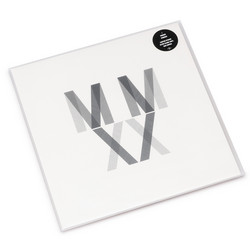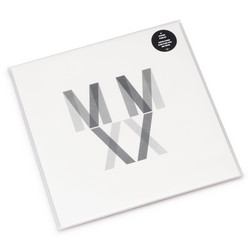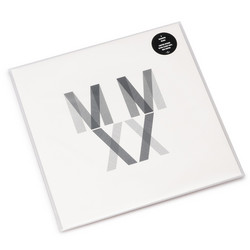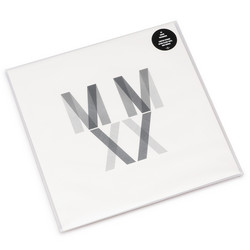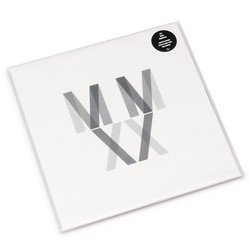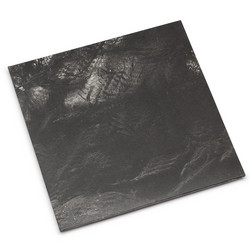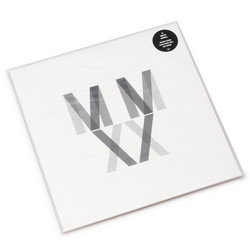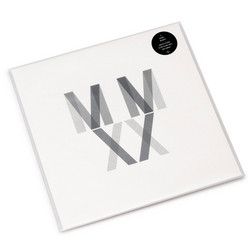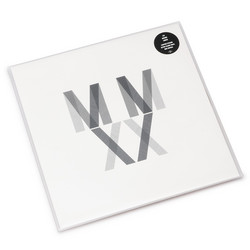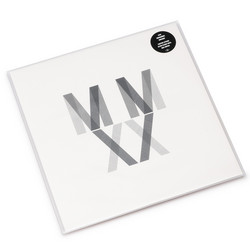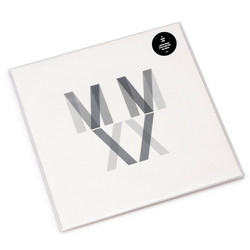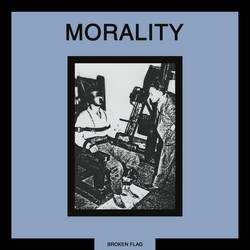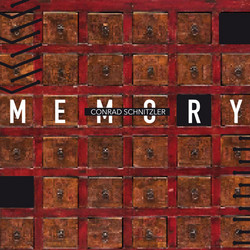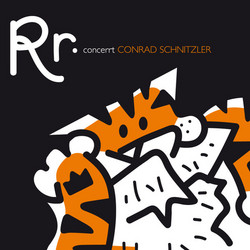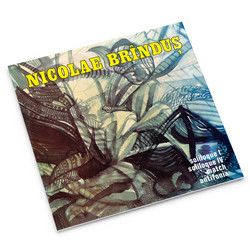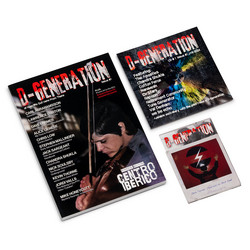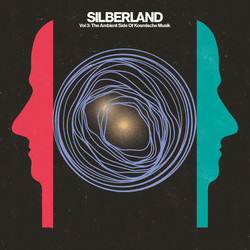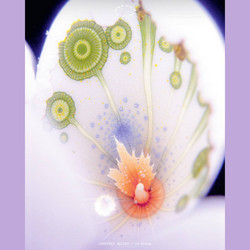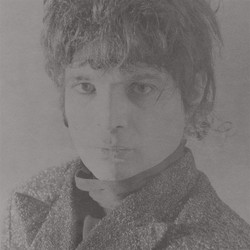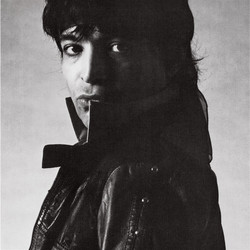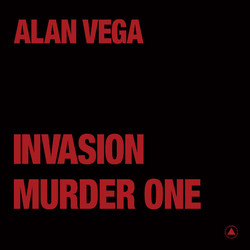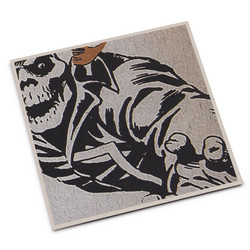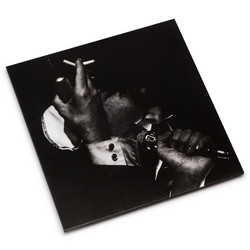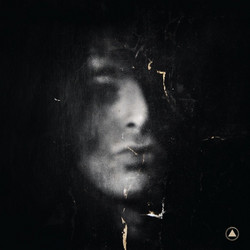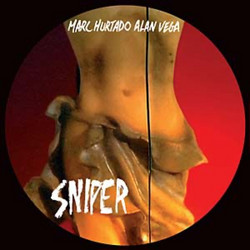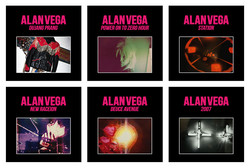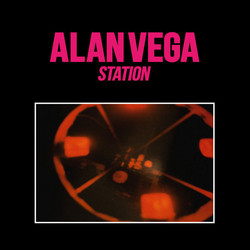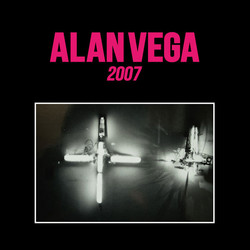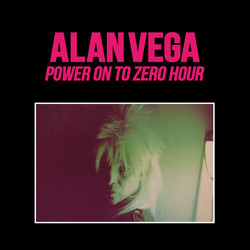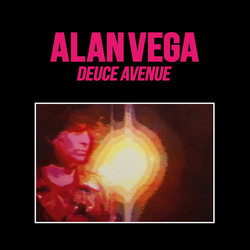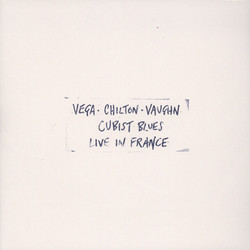**1.000 copies, 2019 stock** Born in Brooklyn, Alan Vega was reared on the rock'n'roll sound of Elvis Presley and Roy Orbison, but originally struck out on a career as a visual artist and light sculptor, making pieces out of electronic debris. Seeing Iggy Pop fronting the Stooges at the New York State Pavilion in 1969 was an epiphany for him: "It showed me you didn't have to do static artworks, you could create situations. That show was the first time in my life when the audience and the stage merged into one." It was that eradication of barriers between the two that Vega took to heart.
When he met and befriended Martin Reverby, the two began experimenting with music and formed the band Suicide. Their first two albums, 1977's Suicide and their 1980 follow-up, remain two of the era's greatest milestones, beacons for others seeking to transform their worlds with sound. Even during the group's hiatus through the 1980s, Vega continued to pursue his singular vision across an individualistic solo output. From his 1980 self-titled debut and rockabilly-infused albums like Saturn Strip, through bracing albums like Power On To Zero Hour and It, Vega forged his own singular path.
For all the darkness and despair that encompasses this moment in our world - and despite his work being depicted as bleak and nihilistic - for Vega there was always a sense of hope and a place for dreams to become reality: "People have always told me that my music is angry. To me, it was always just an energy. It was the way I perceived the world. The key Suicide song was Dream Baby Dream, which was about the need to keep our dreams alive. I knew back then that something poisonous was encroaching on our lives, on all our freedoms." He fought to his very last breath for that freedom.
New Raceion is by any measure Alan Vega's most stylistically varied album. In addition to the usual chaotic electronic dissonance (Go Trane Go) and extended poetic rants (Do the Job) the album veers all over the map musically. It contains the closest Vega has ever come to hard rock and metal, complete with thrashing guitars and pummeling rhythms. Viva the Legs actually has speed-metal riffs and Gamma Pop sounds like the best song Ministry never recorded. The biggest standout by far, though, is How Many Lifetimes, which mixes smooth Caribbean rhythms with sleek electronic pop. The stylistic departures are intriguing, and, for the most part, successful. Vega's songwriting is sharp and focused, so that even the longer tracks sound concise and the production keeps the sound sleek and elegant.

